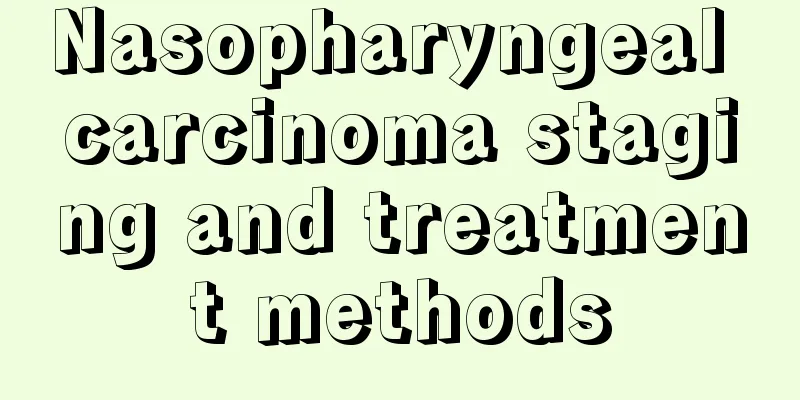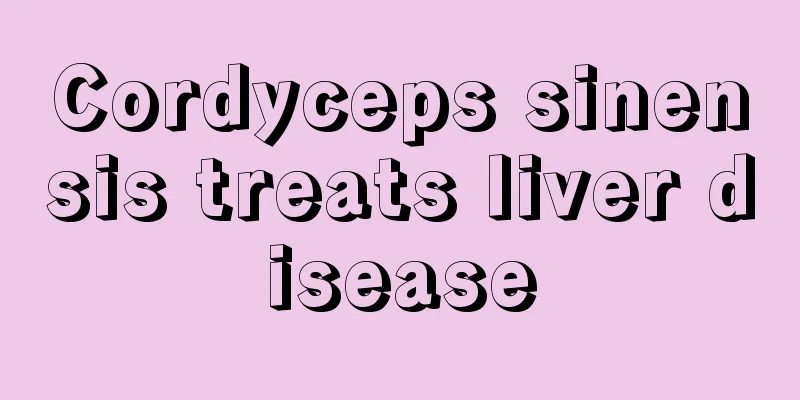What are the treatments for arterial embolism?

|
The treatment of arterial embolism includes surgical treatment and non-surgical treatment. The main purpose of non-surgical treatment is to lower blood lipids and blood pressure. Especially for some obese people, they must pay attention to taking effective methods to lose weight and scientific exercise. 1. Non-surgical treatment The main purpose is to lower blood lipids and blood pressure, relieve blood hypercoagulability, and promote the formation of collateral circulation. Treatment methods include: obese people lose weight, strictly abstain from smoking and engage in appropriate exercise; commonly used drugs include aspirin, dipyridamole (persantin), inositol nicotinate, prostaglandins and tolazoline, etc. 2. Surgery (1) Percutaneous transluminal angioplasty (PTA): For patients with single or multiple short-segment stenosis, a balloon catheter can be inserted into the stenotic segment of the artery through percutaneous puncture. The balloon is then inflated with appropriate pressure to expand the lesion lumen and restore blood flow. If combined with the use of intravascular stents, the long-term patency rate can be improved. (2) Endarterectomy: Mainly suitable for patients with short-segment aortoiliac artery occlusive lesions. The thickened intima, atherosclerotic plaques and secondary thrombi of the diseased artery are removed, without the need for implantation of artificial blood vessels and without the risk of infection. (3) Bypass surgery: Use autologous veins or artificial blood vessels to bypass the occluded segment between the proximal and distal ends. For occlusion of the aortoiliac artery, aortoiliac or femoral artery bypass can be used. For those with poor general condition, safer extra-anatomical bypass techniques, such as axillary-femoral artery bypass, can be used. If the affected iliac artery is occluded and the contralateral iliac artery is patent, bilateral femoral artery bypass can be performed. For patients with femoropopliteal artery occlusion, autologous great saphenous vein or artificial blood vessel can be used for femoropopliteal (tibial) artery bypass surgery. The distal anastomosis can be made at the popliteal artery above the knee, the popliteal artery below the knee, the tibial artery, or the posterior tibial artery at the ankle. The choice should be made based on the evidence provided by arteriography. When performing bypass surgery, there should be unobstructed arterial inflow and outflow tracts, and the anastomosis should be of appropriate caliber and as far away from atherosclerotic lesions as possible. |
<<: What are the effects and functions of aloe vera?
>>: When is the best time to burn moxa?
Recommend
How to use mobile phone to prevent radiation?
Nowadays, people cannot live without their mobile...
What are the symptoms and hazards of potassium deficiency
The problem of potassium deficiency cannot be ign...
Autologous cartilage rhinoplasty
Almost everyone pursues beauty. Many people hope ...
What is causing the back pain and leg numbness?
If you often feel back pain or leg numbness, you ...
Is there a genetic cause for liver cancer?
Is there a hereditary gene for liver cancer? Many...
Does painless gastroscopy hurt the stomach?
Gastroscopy is currently the most advanced instru...
What are the symptoms of stomach discomfort in patients with advanced gastric cancer
Gastric cancer is a malignant tumor of the gastri...
What are the symptoms of esophageal cancer that make surgery impossible?
Many people hope to treat esophageal cancer throu...
Preoperative nursing measures for colorectal cancer
What are the preoperative care measures for color...
How to treat lumbar disc bulge
In life, everyone must pay attention to the fact ...
Why do I get a stomachache when I get angry?
There are many reasons for stomach pain, both phy...
Why do I suddenly grow hair on my legs
Growing sweat hair on the legs is a very normal p...
Is prostate cancer hereditary? Detailed description of the probability of prostate cancer inheritance
When it comes to cancer, everyone will feel parti...
The veins on my body are becoming more and more obvious. What's going on?
Blue veins are very normal for many people becaus...
Why does nail polish bubble up
Women all love beauty very much, and there are ma...









